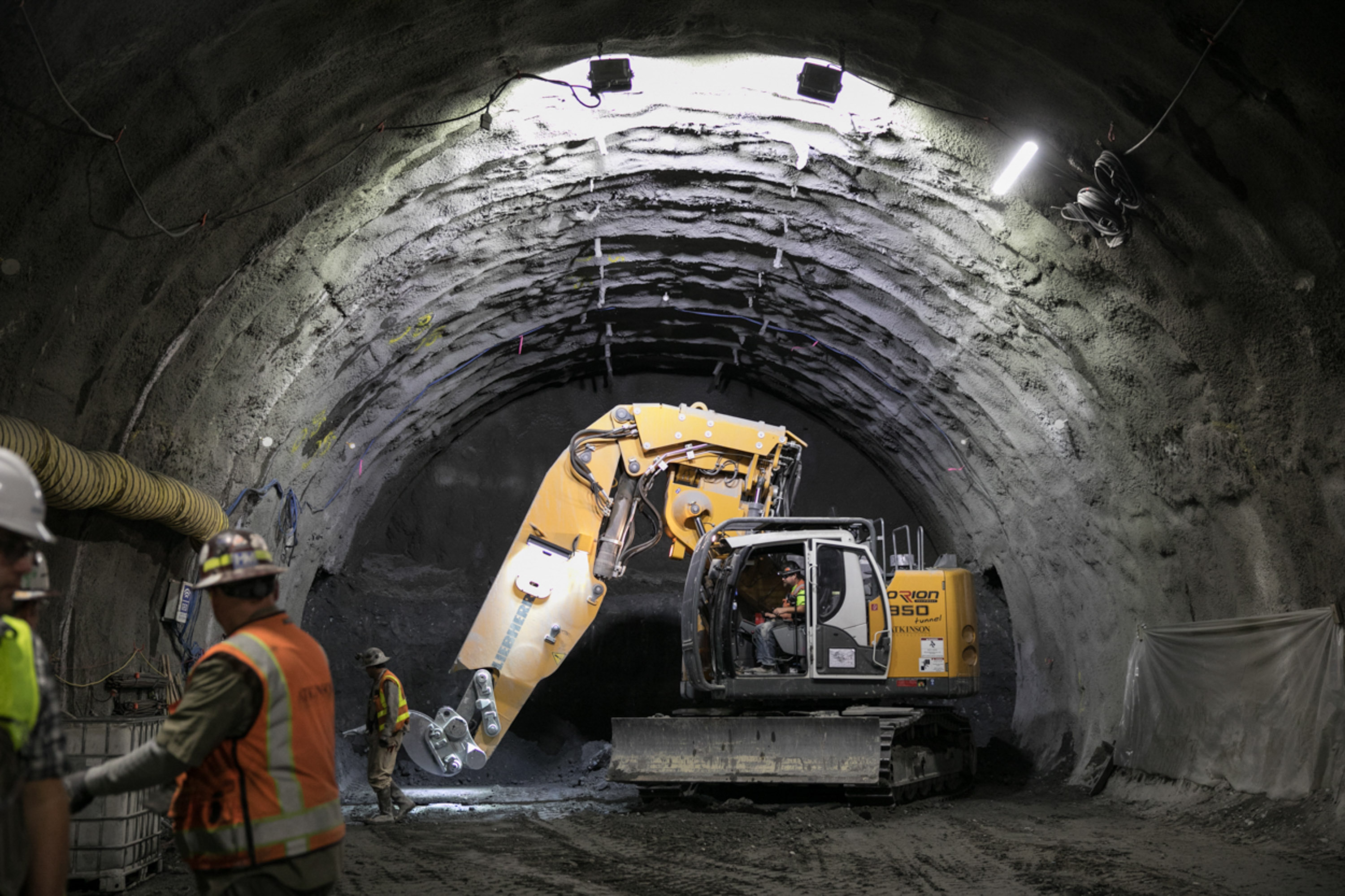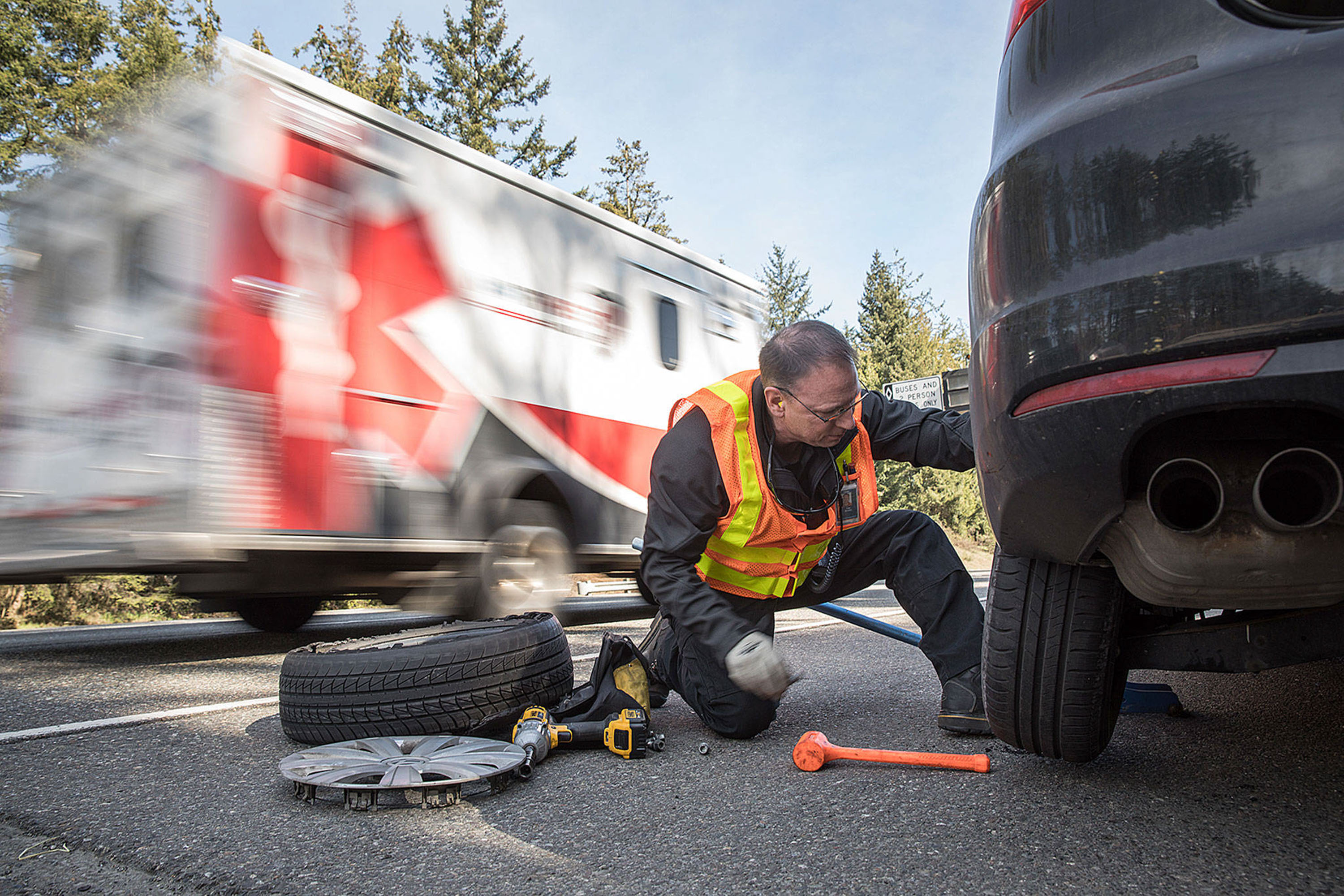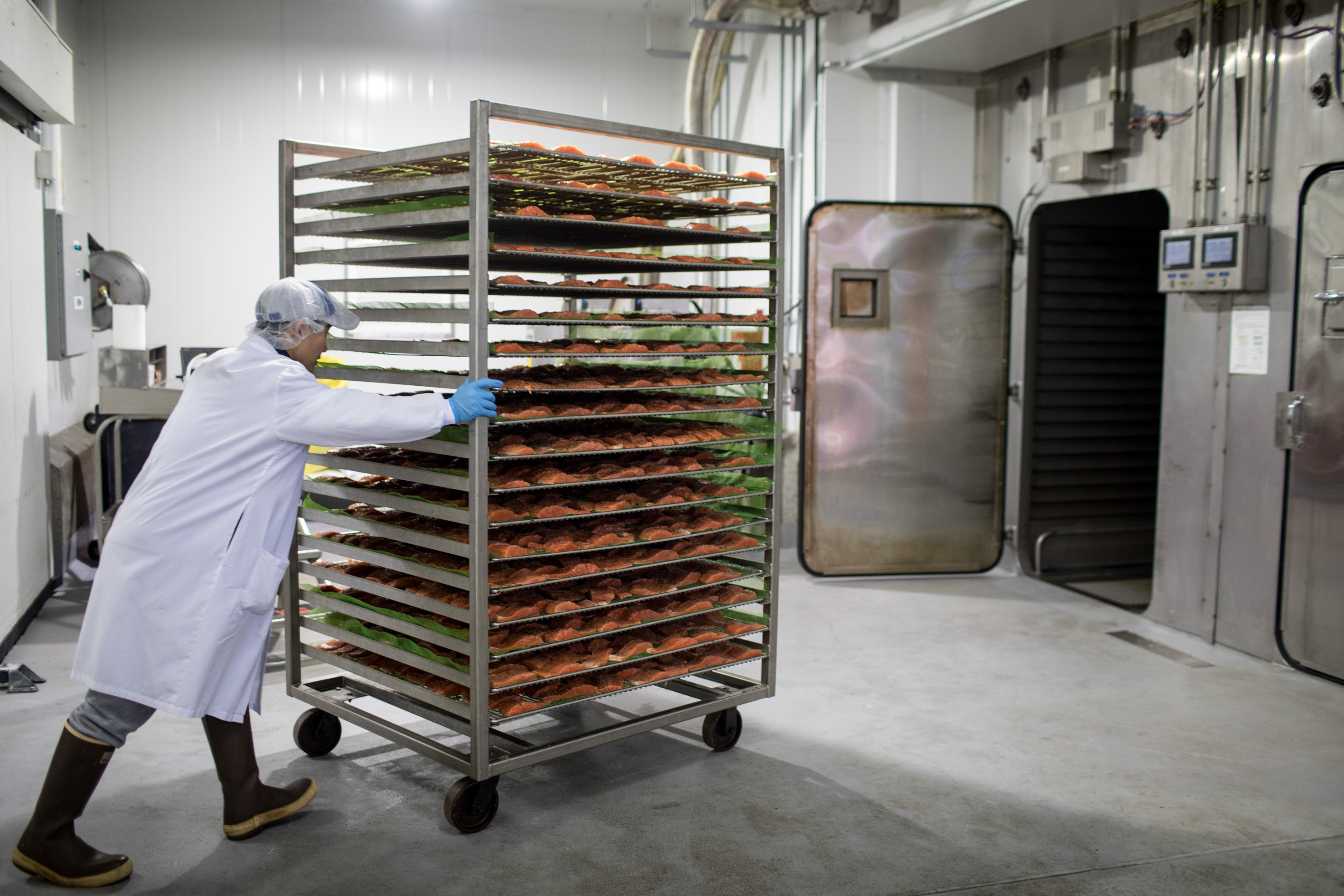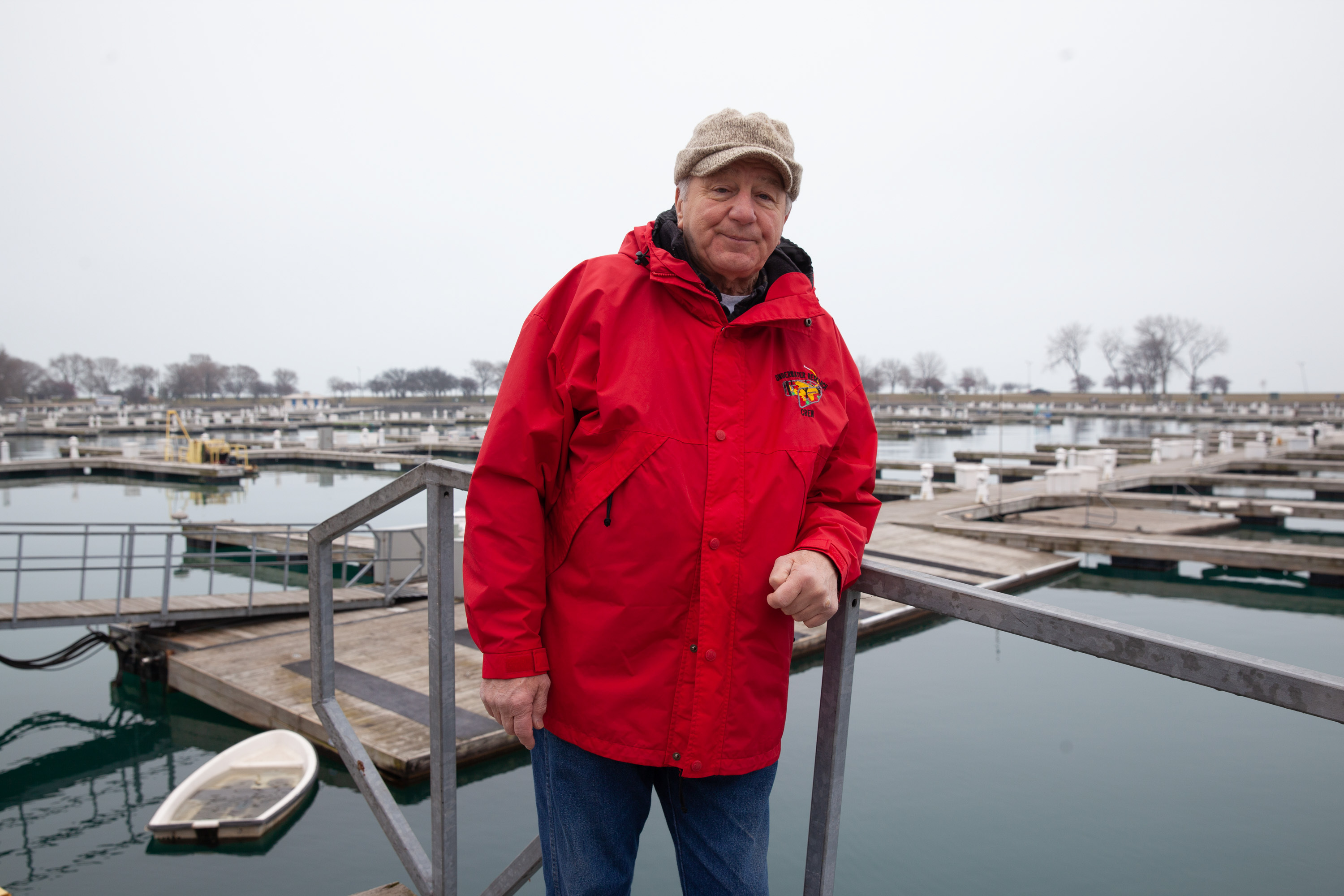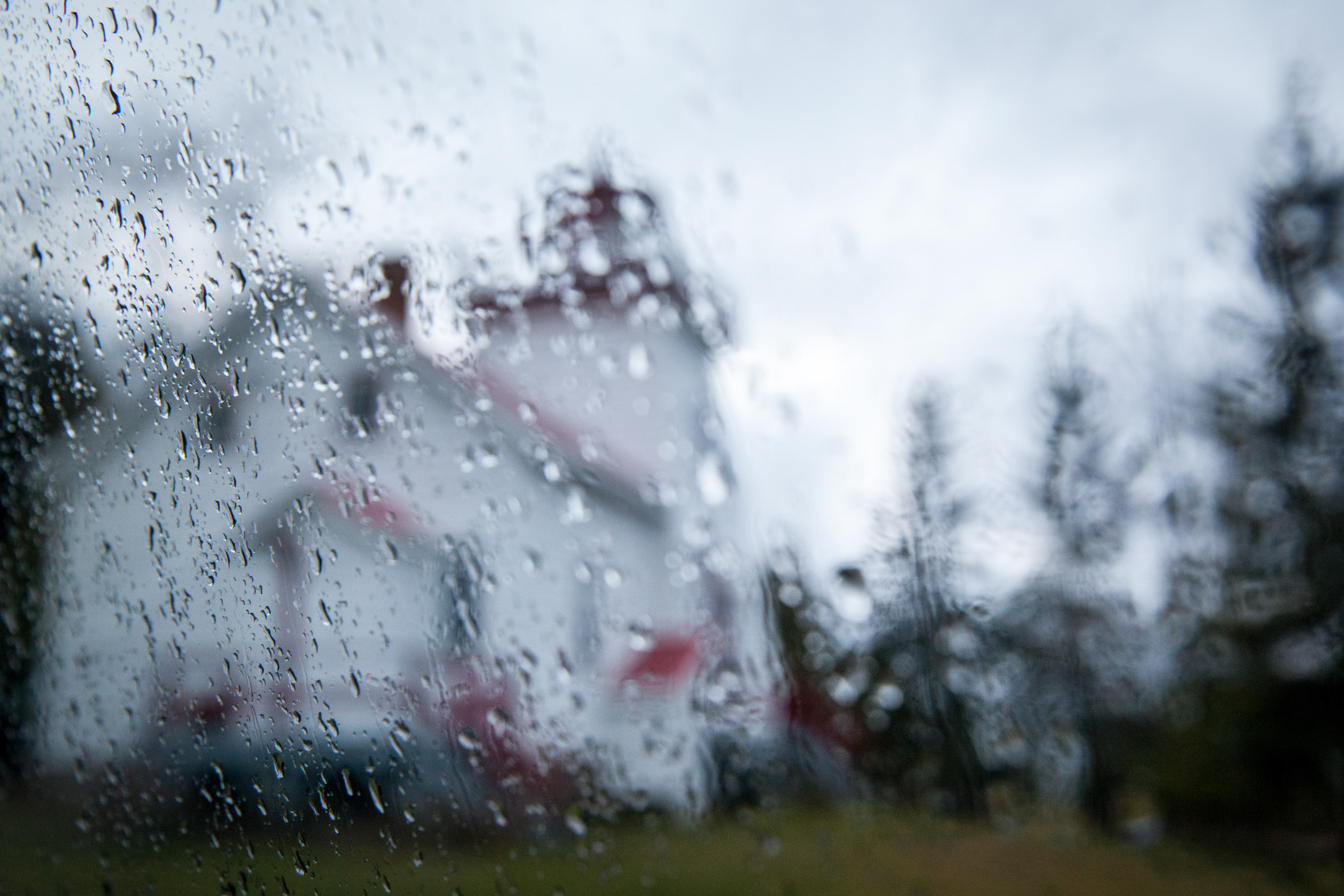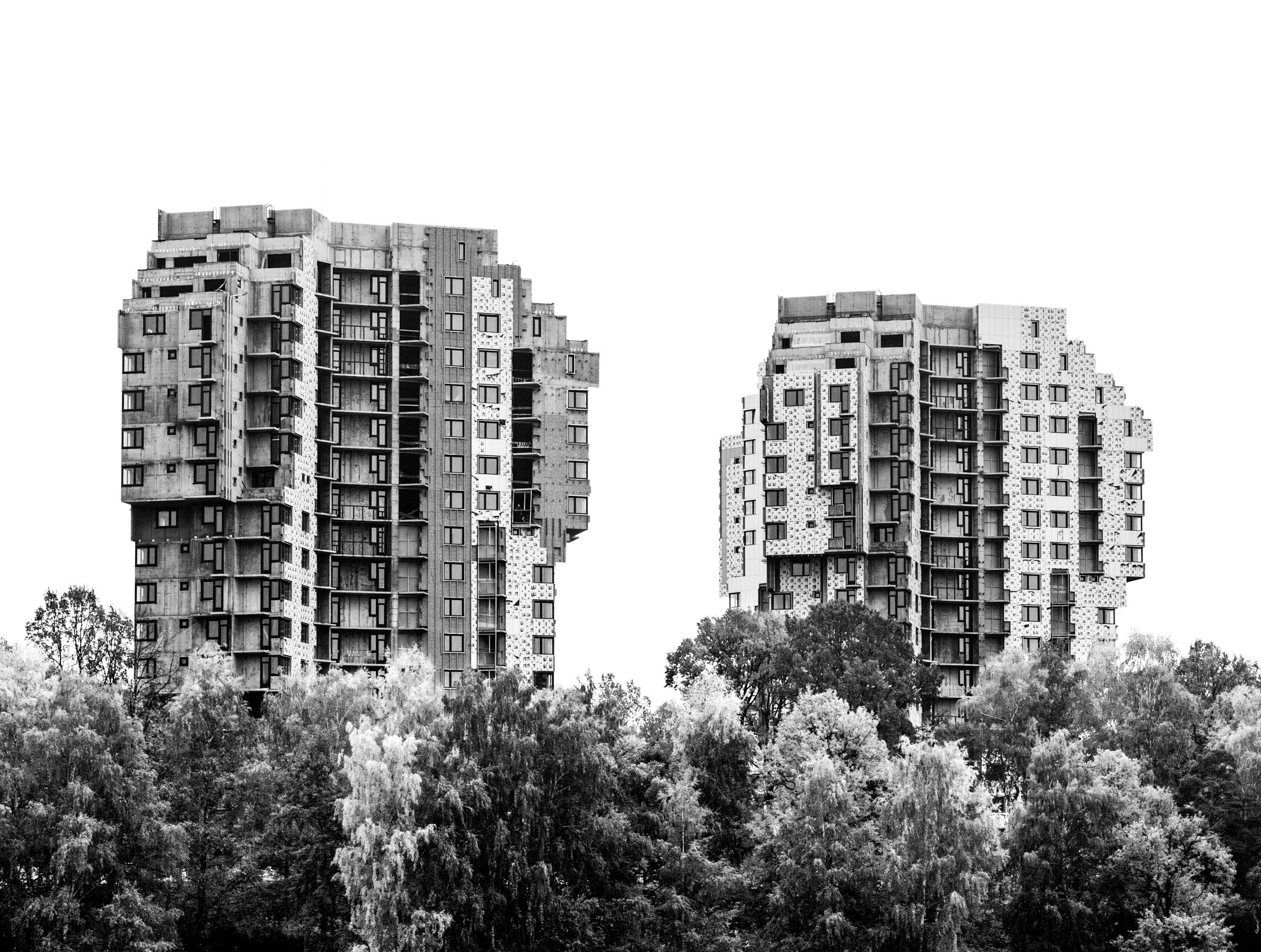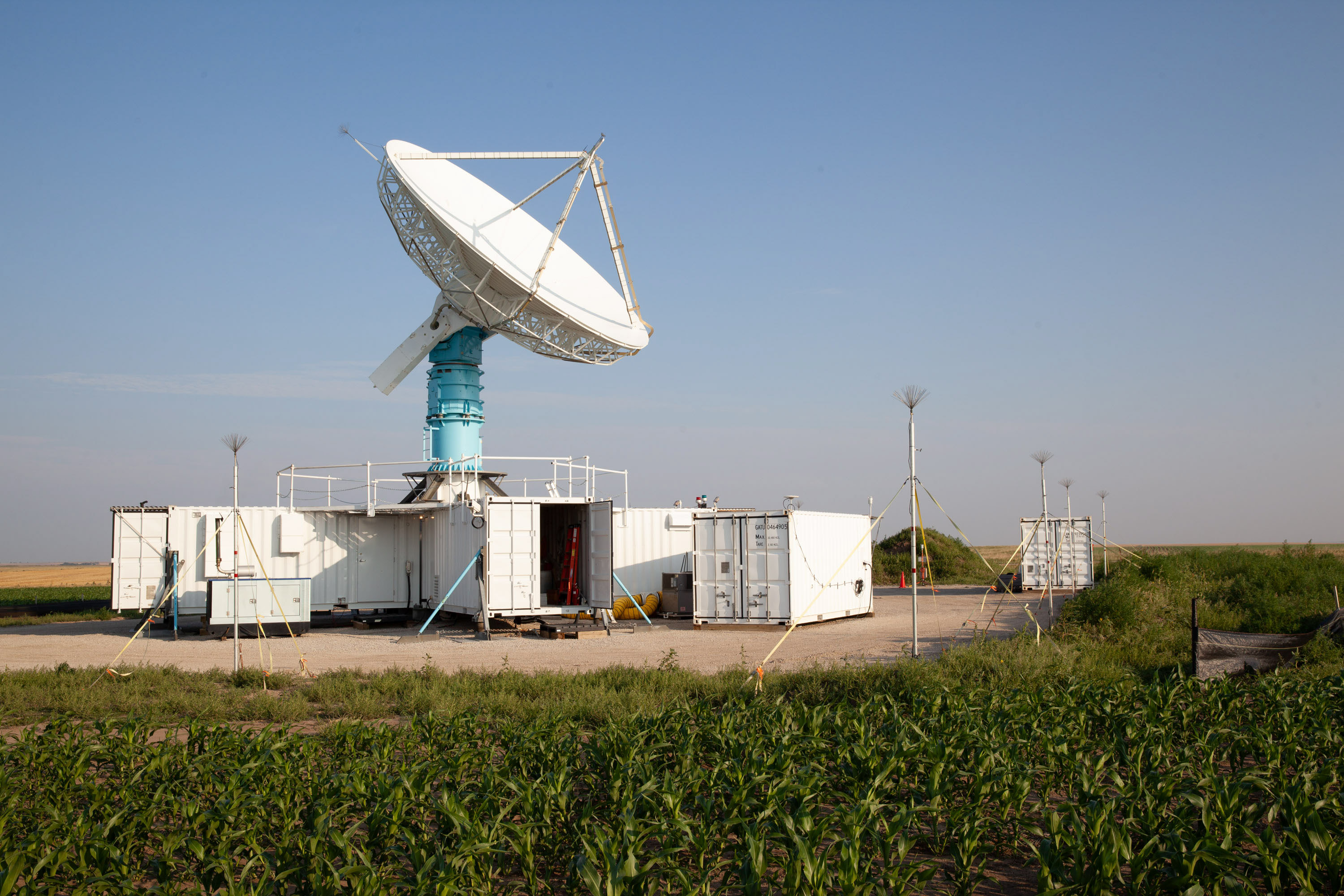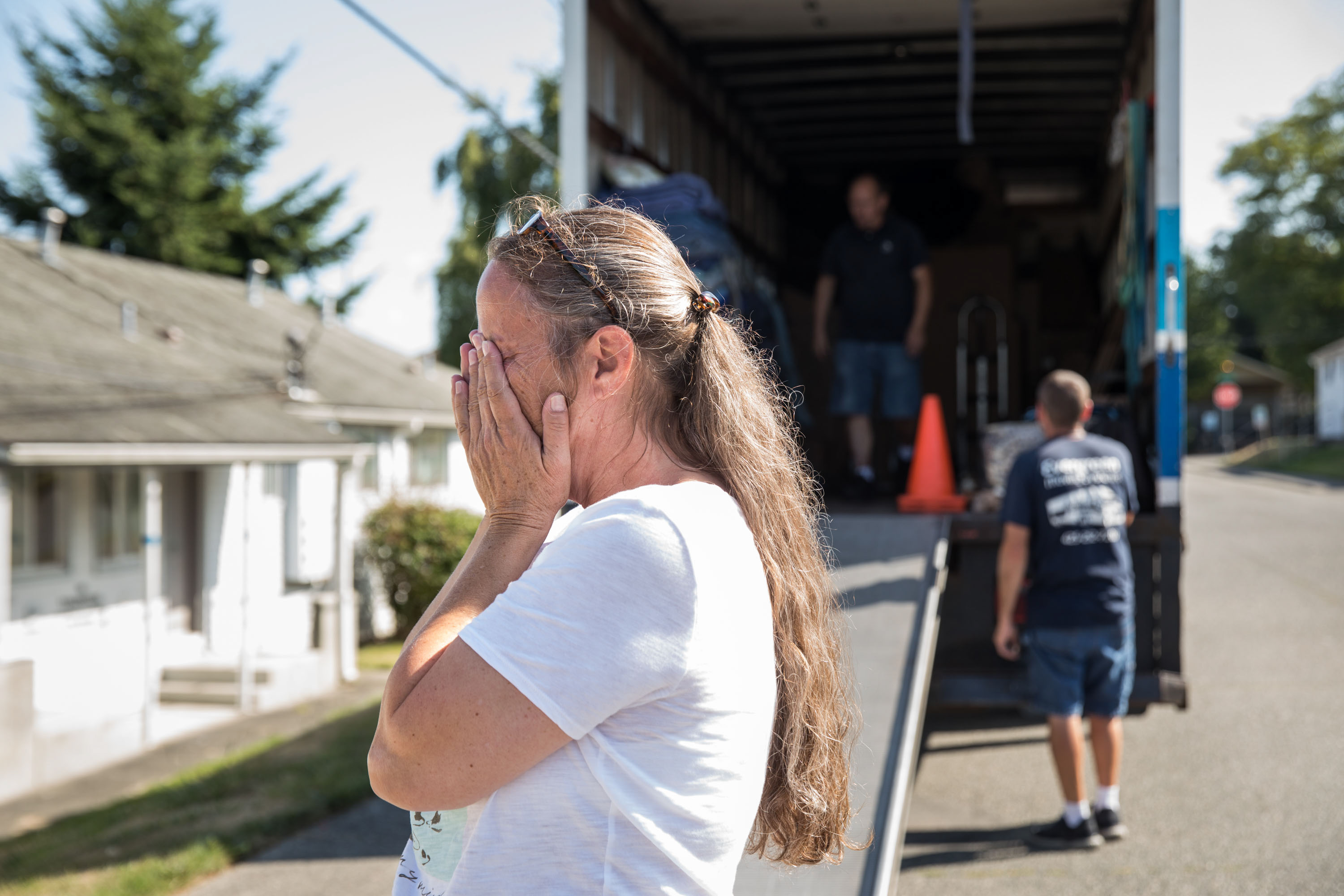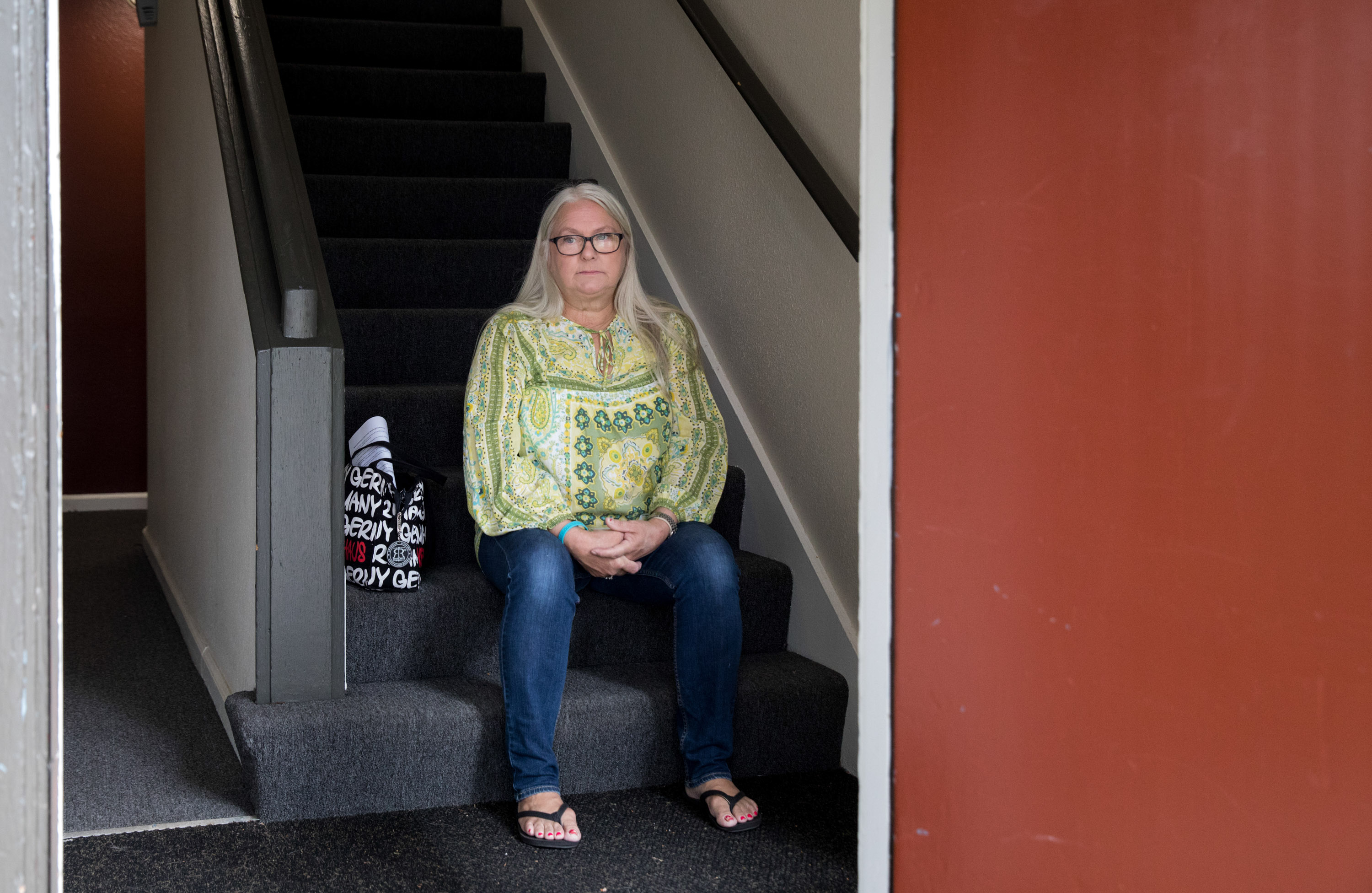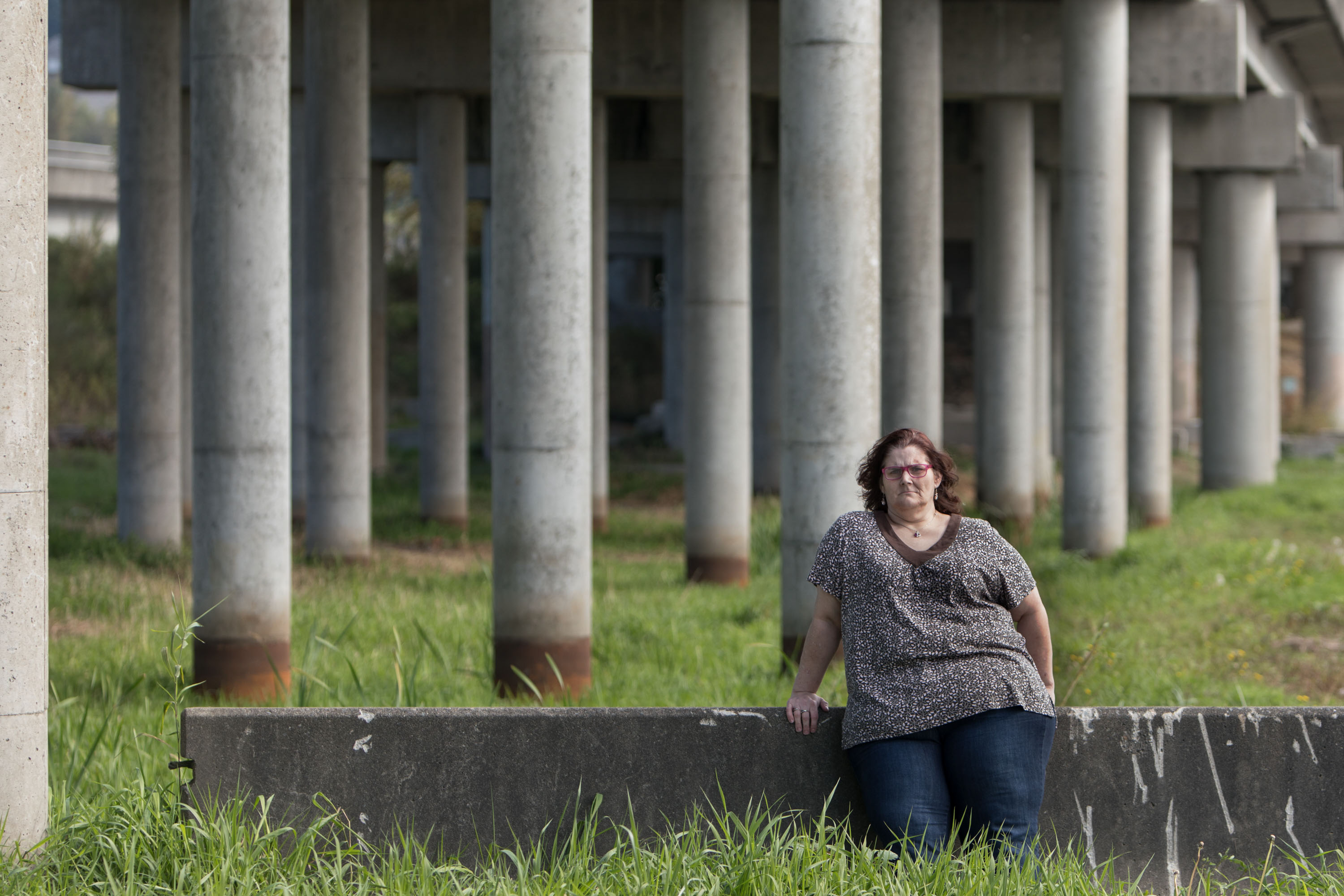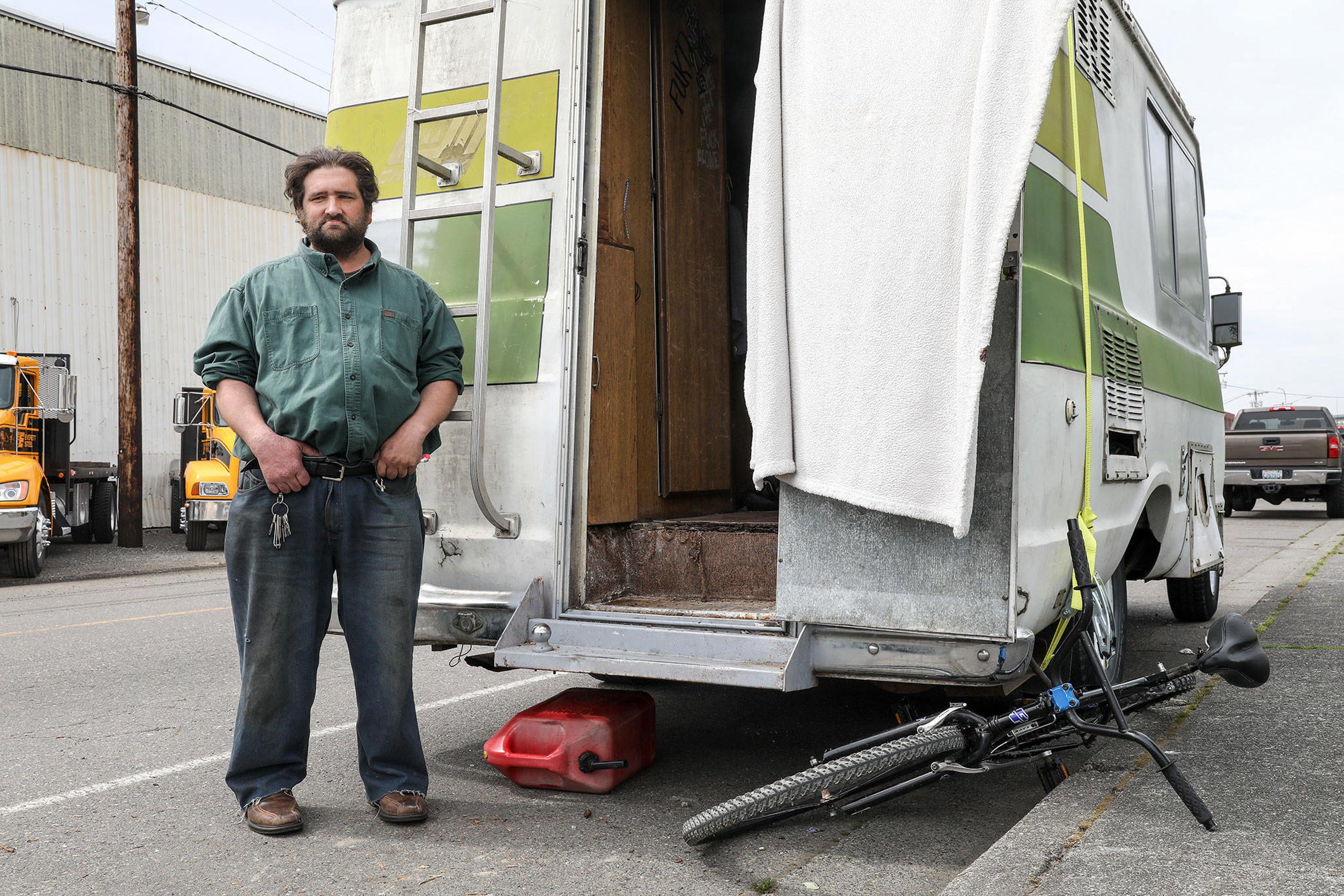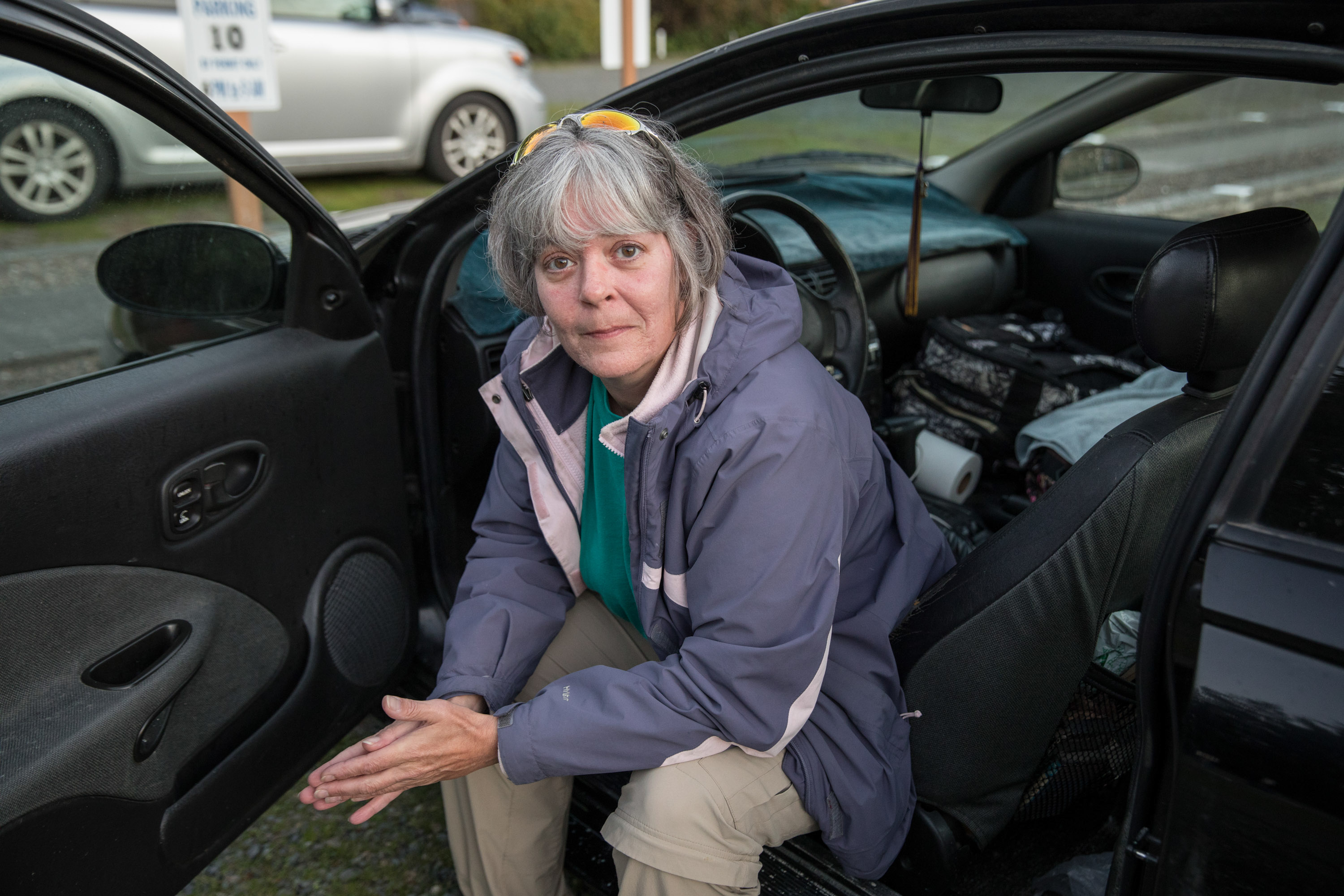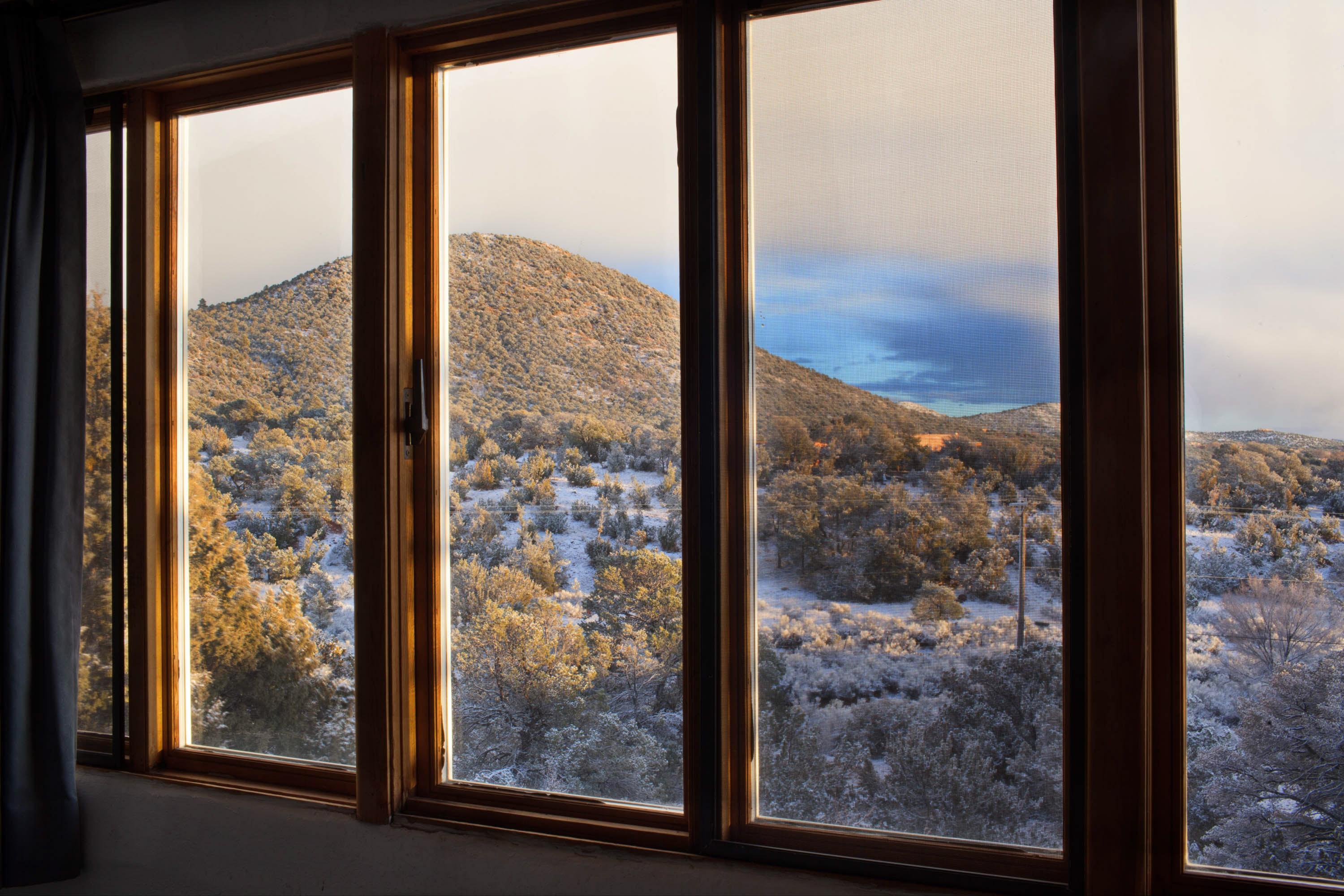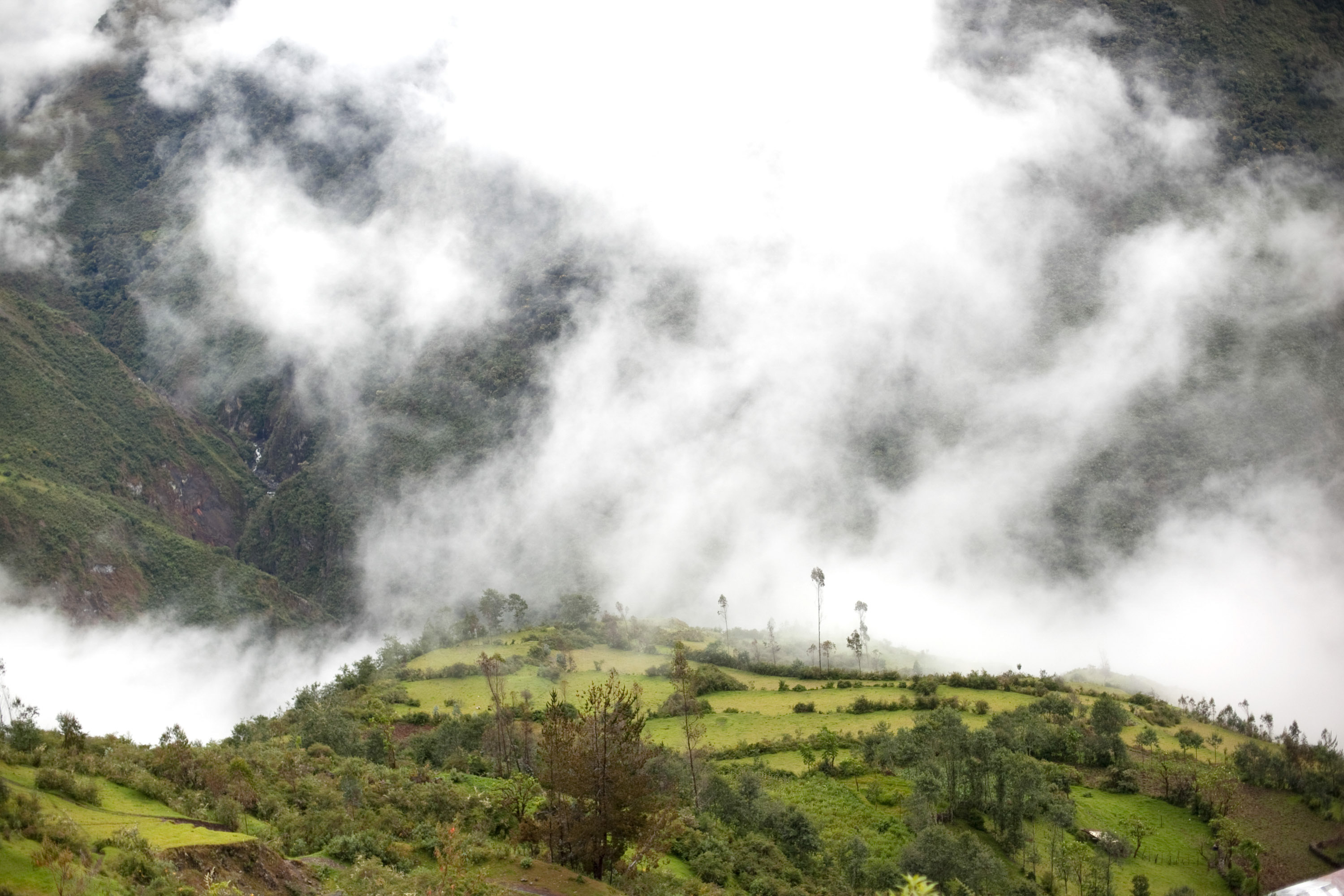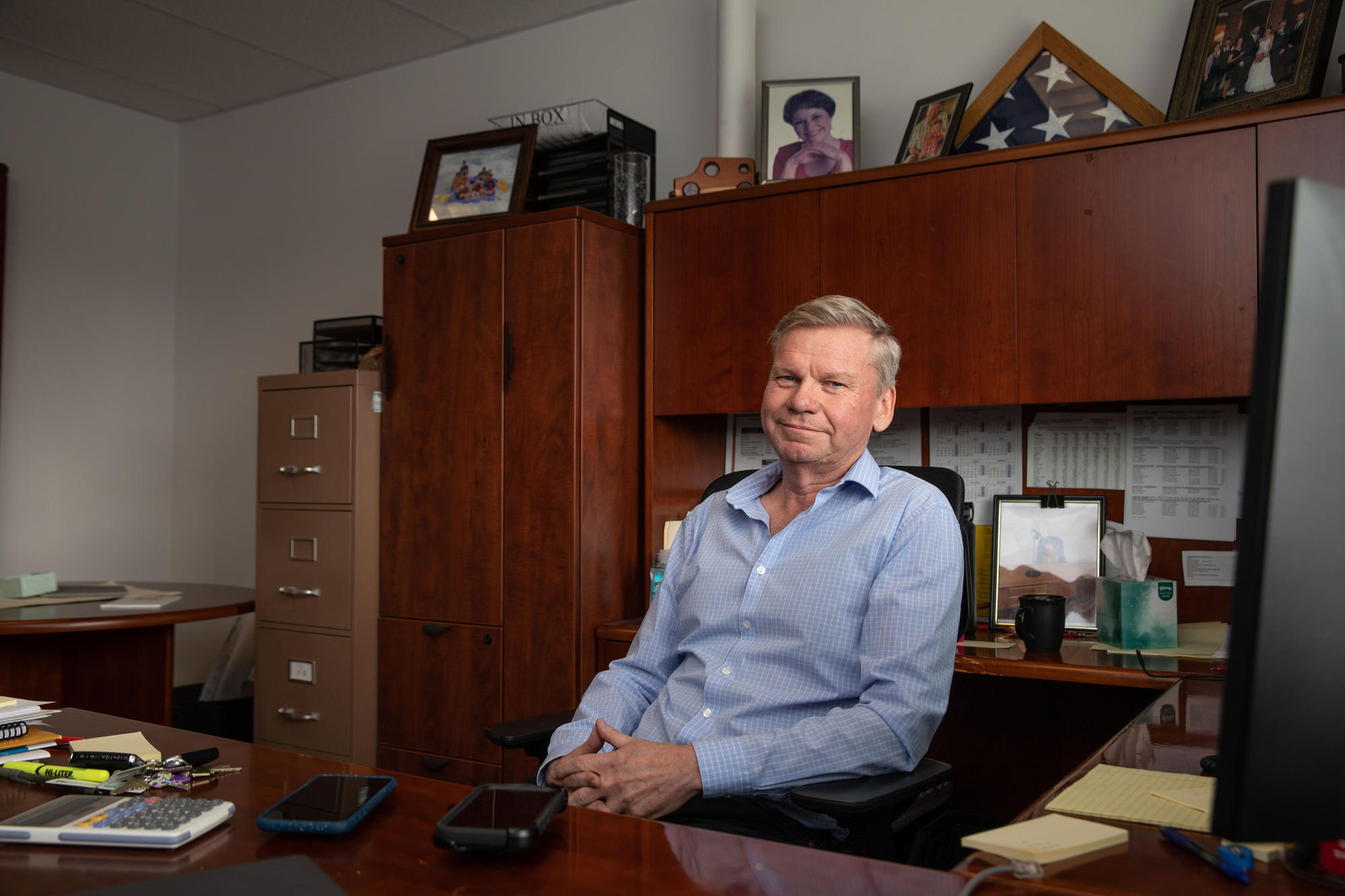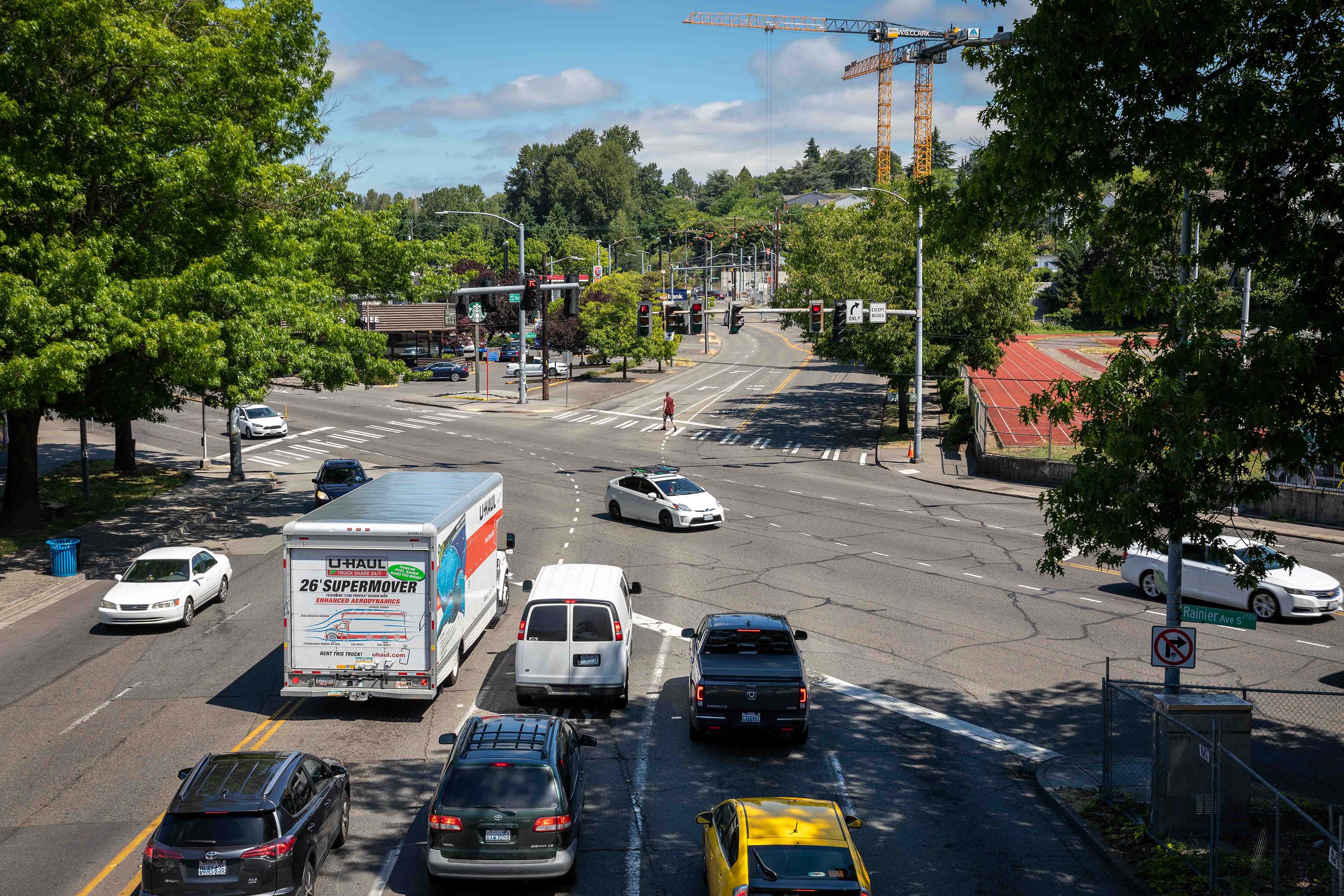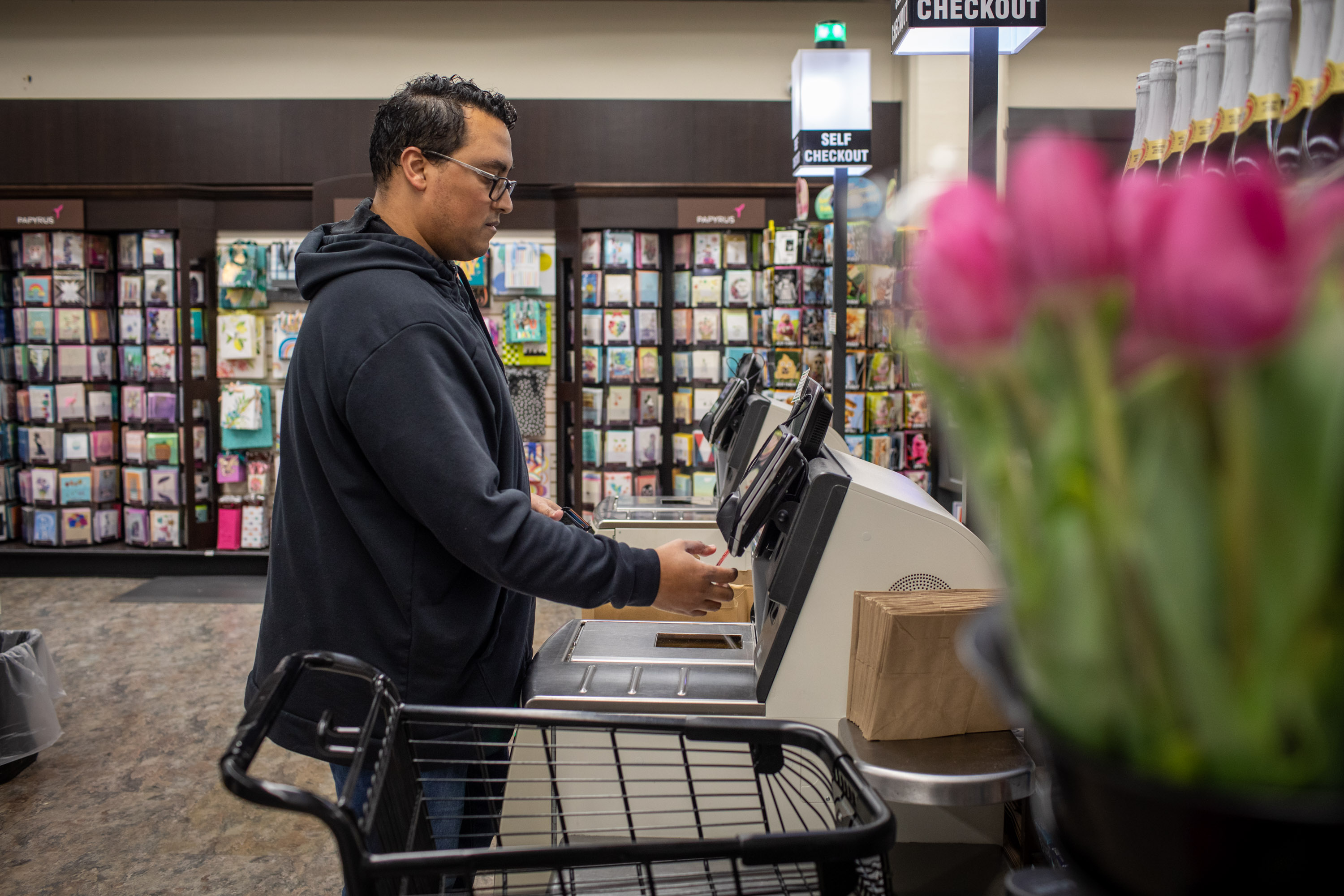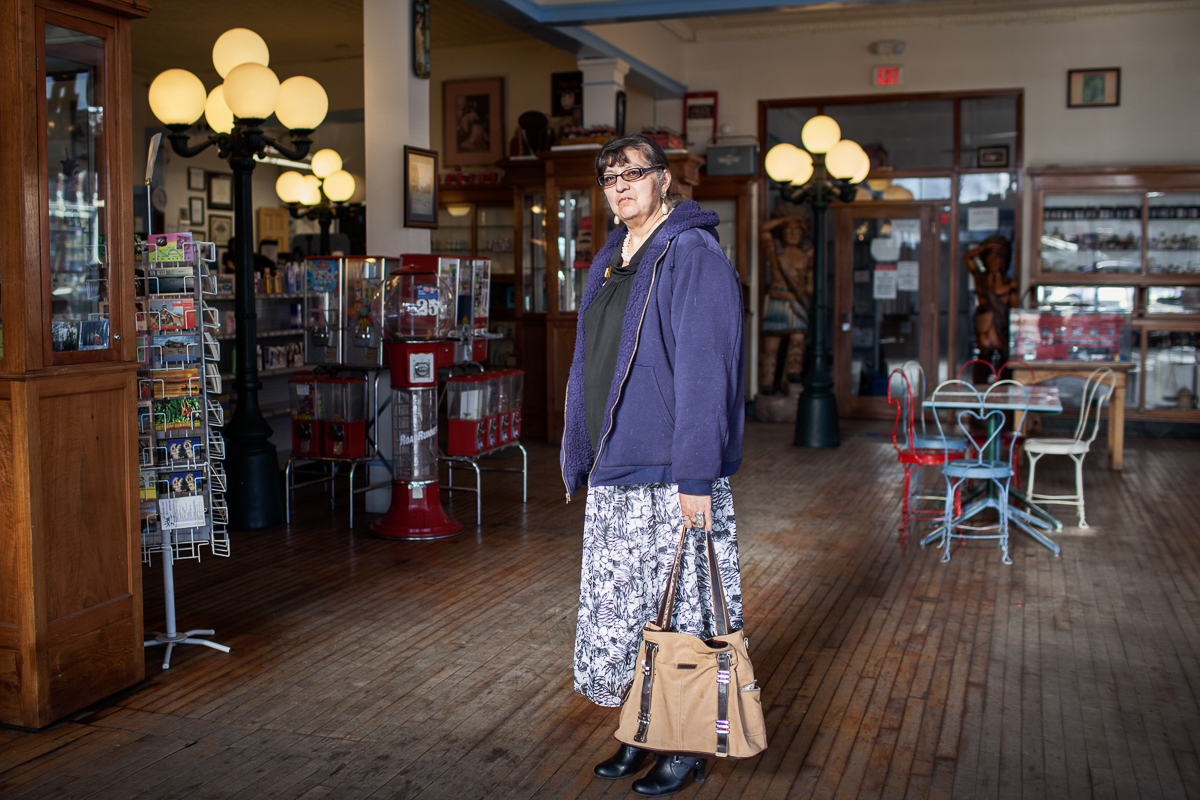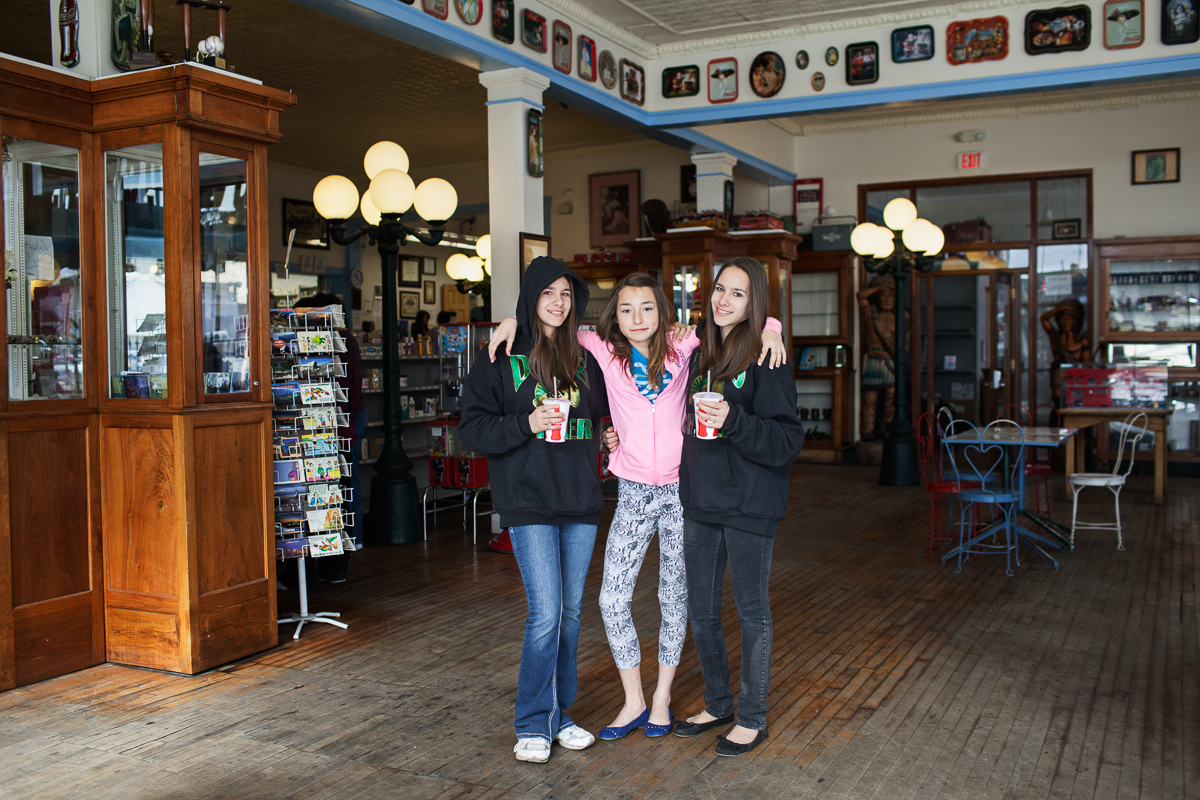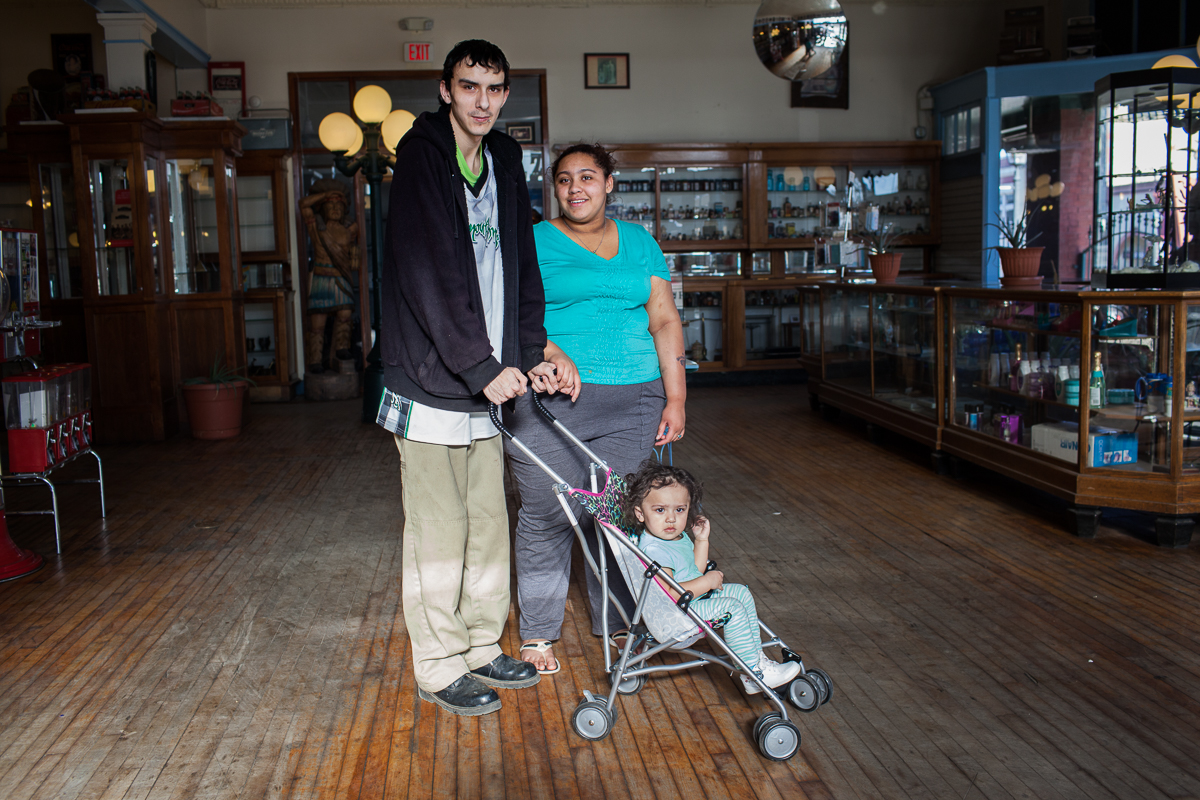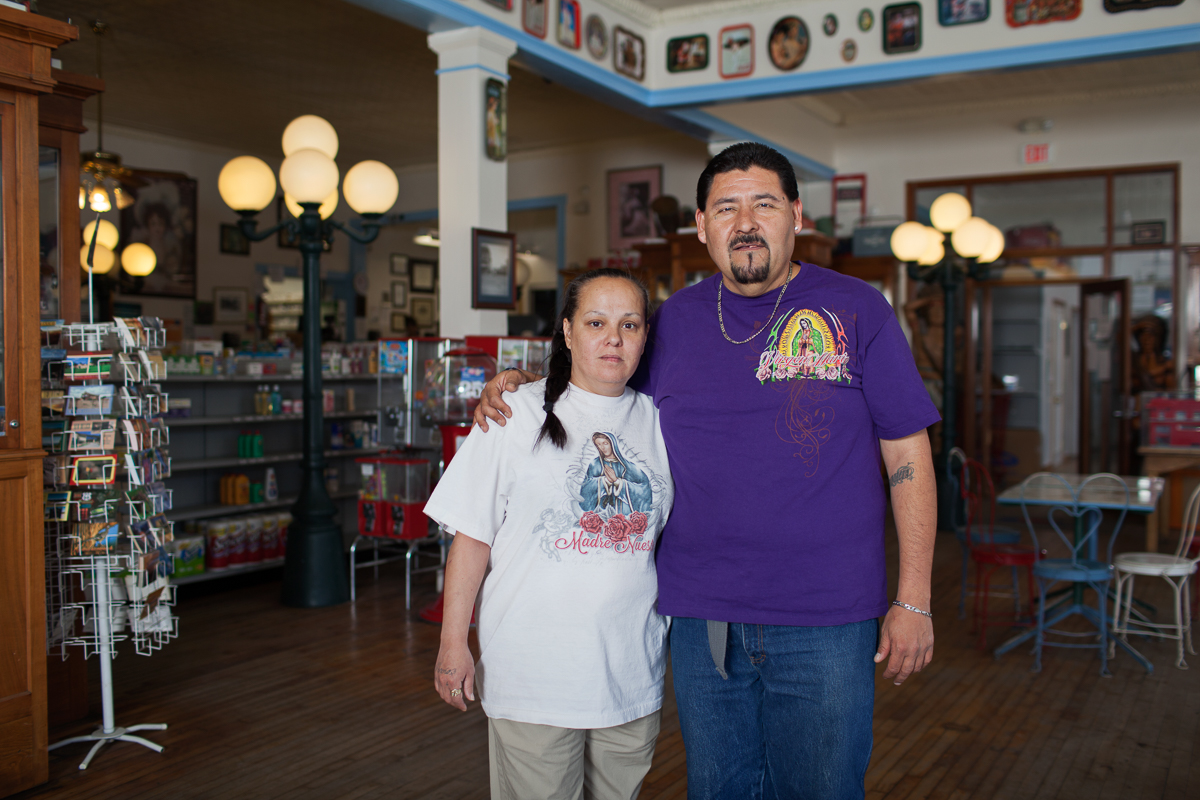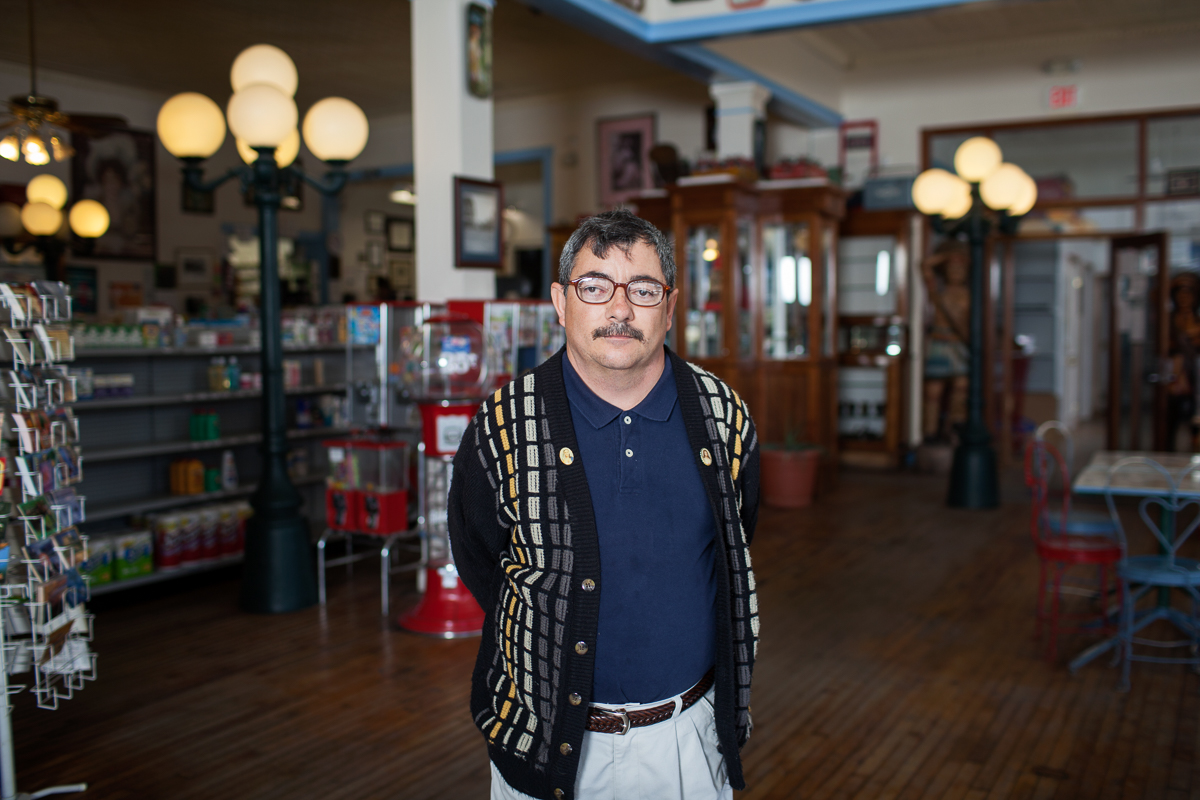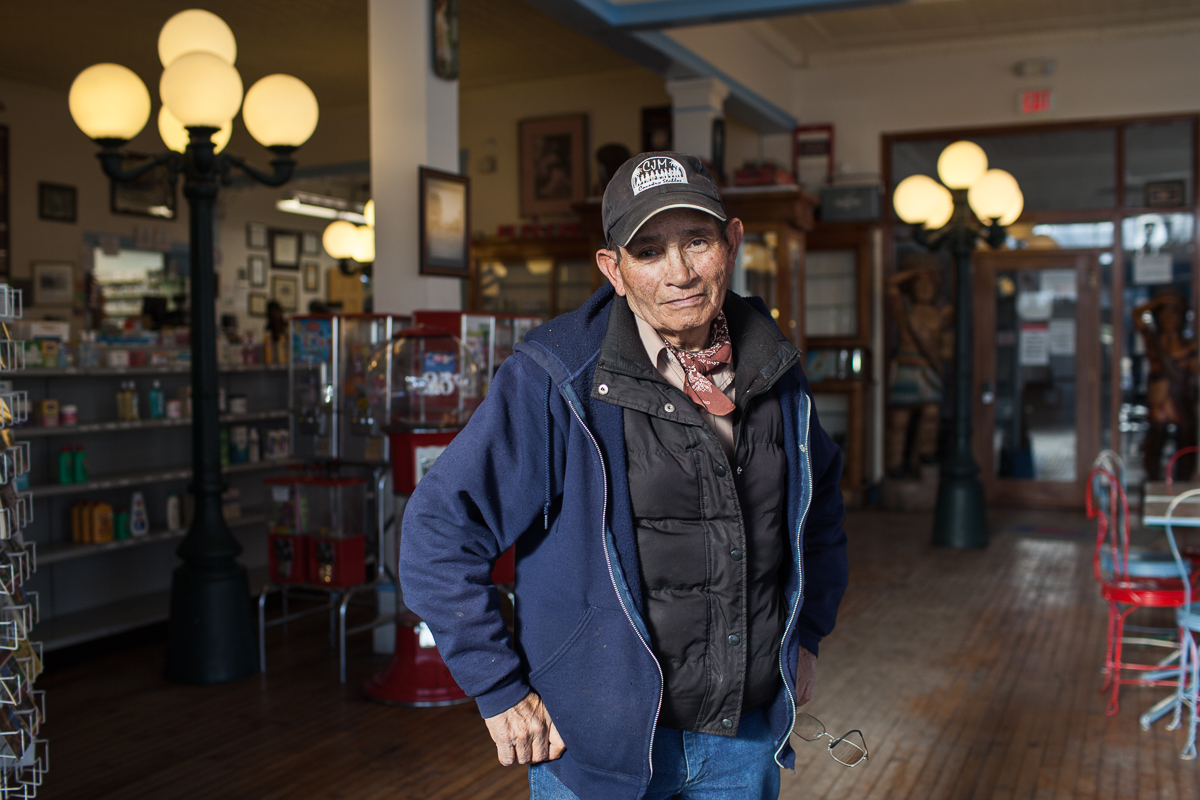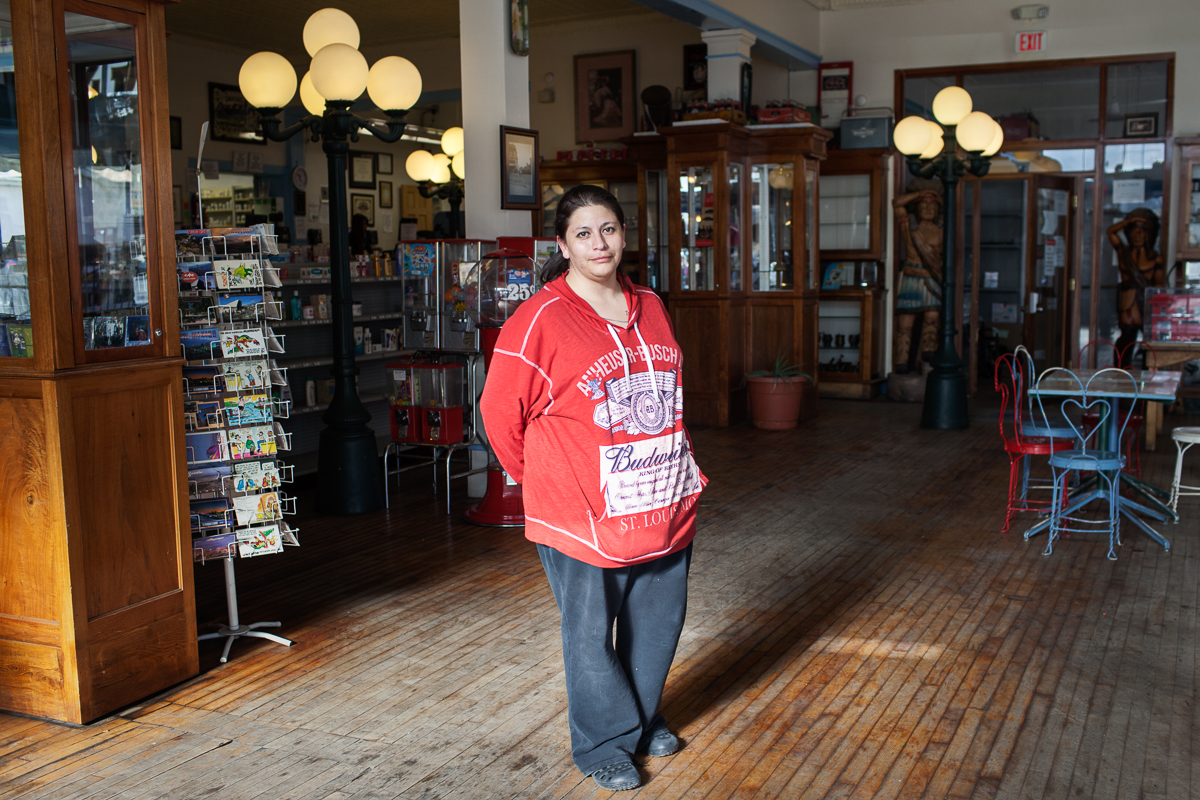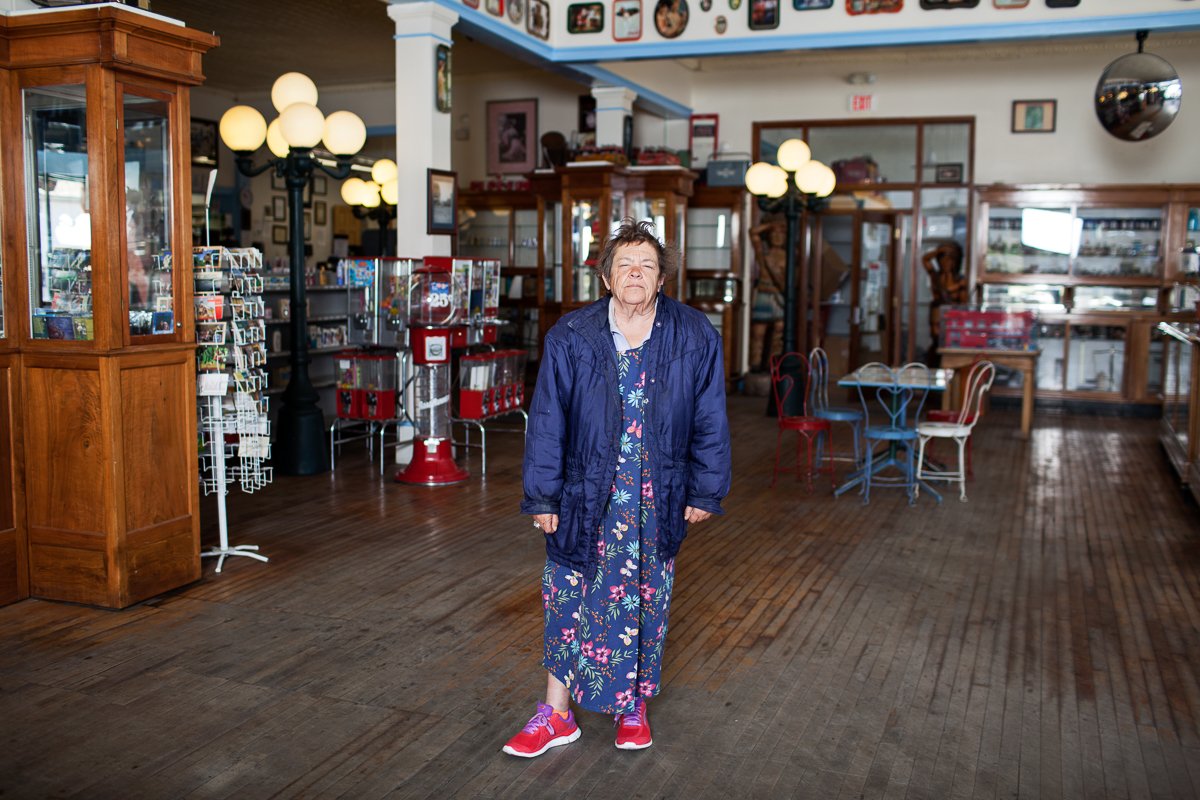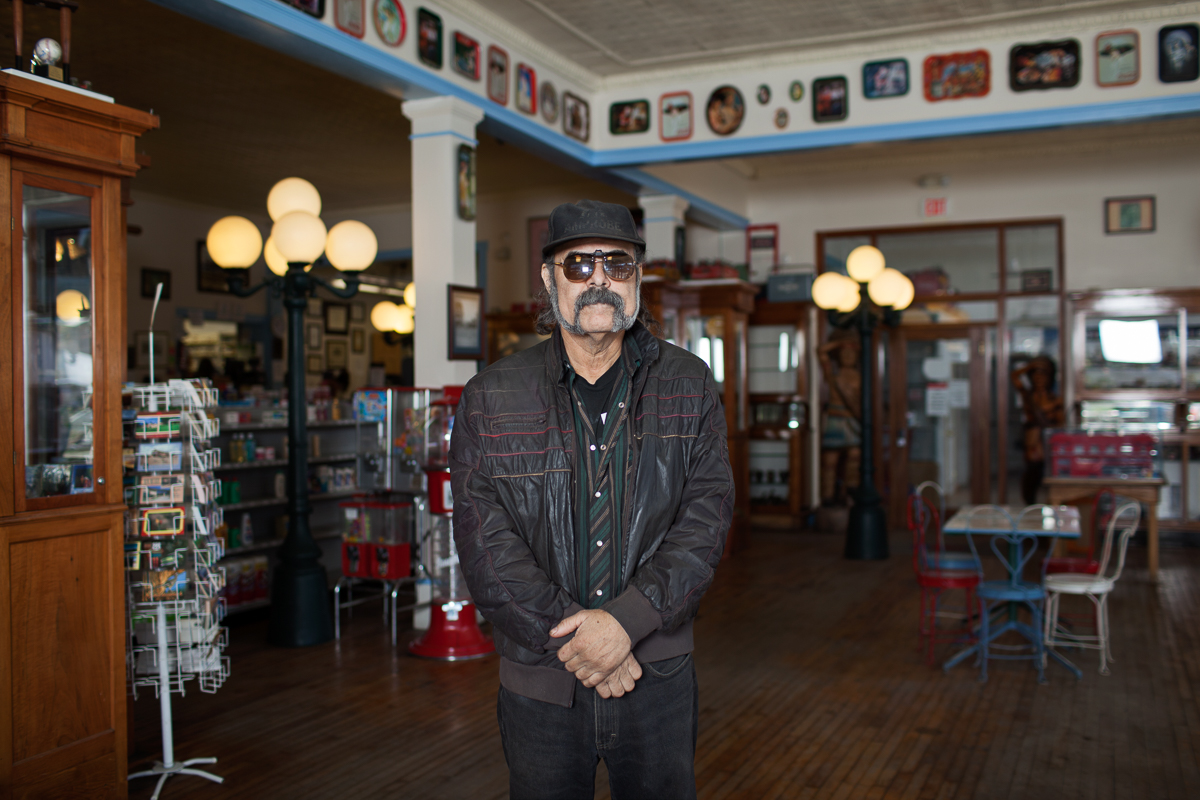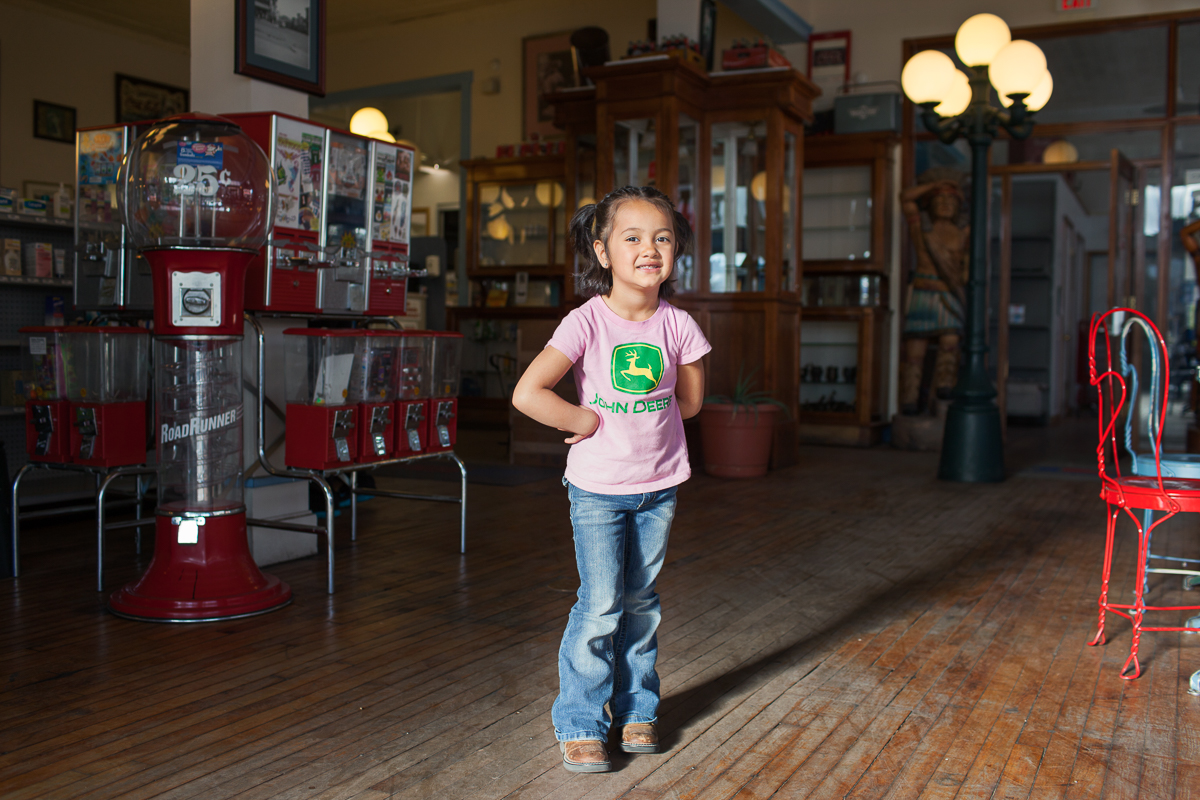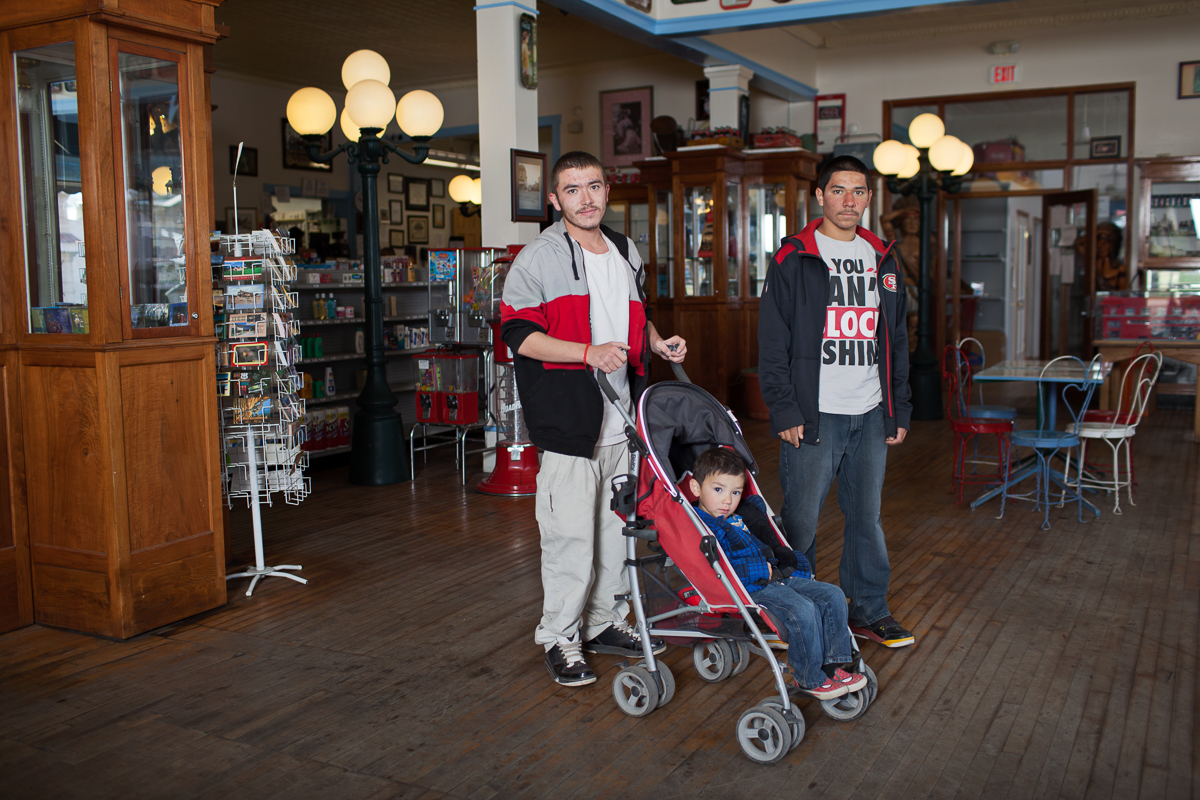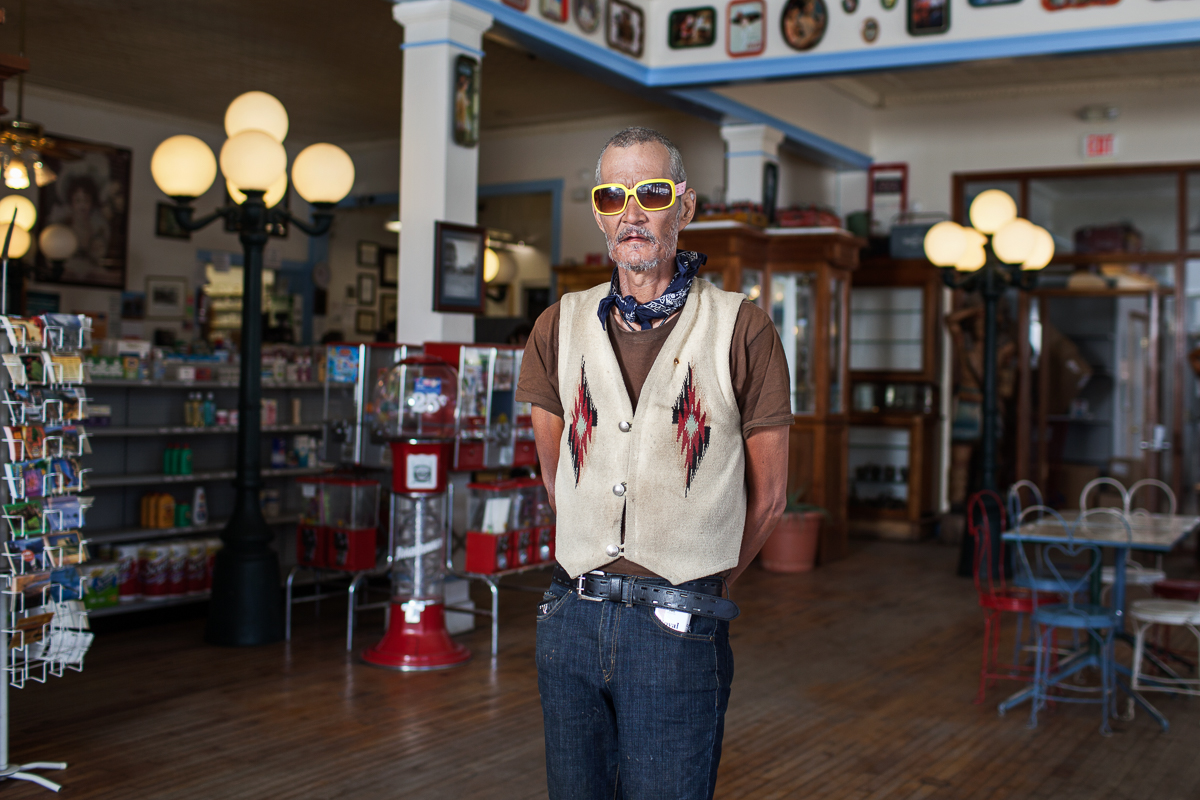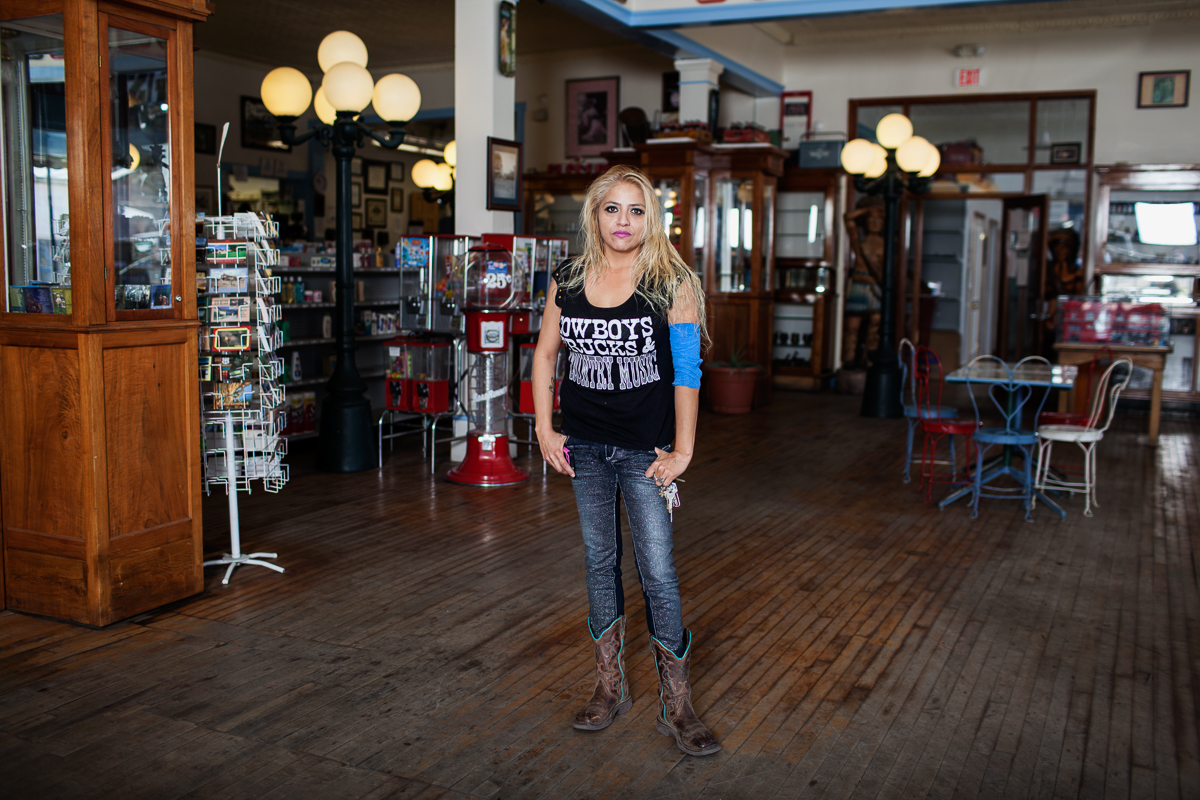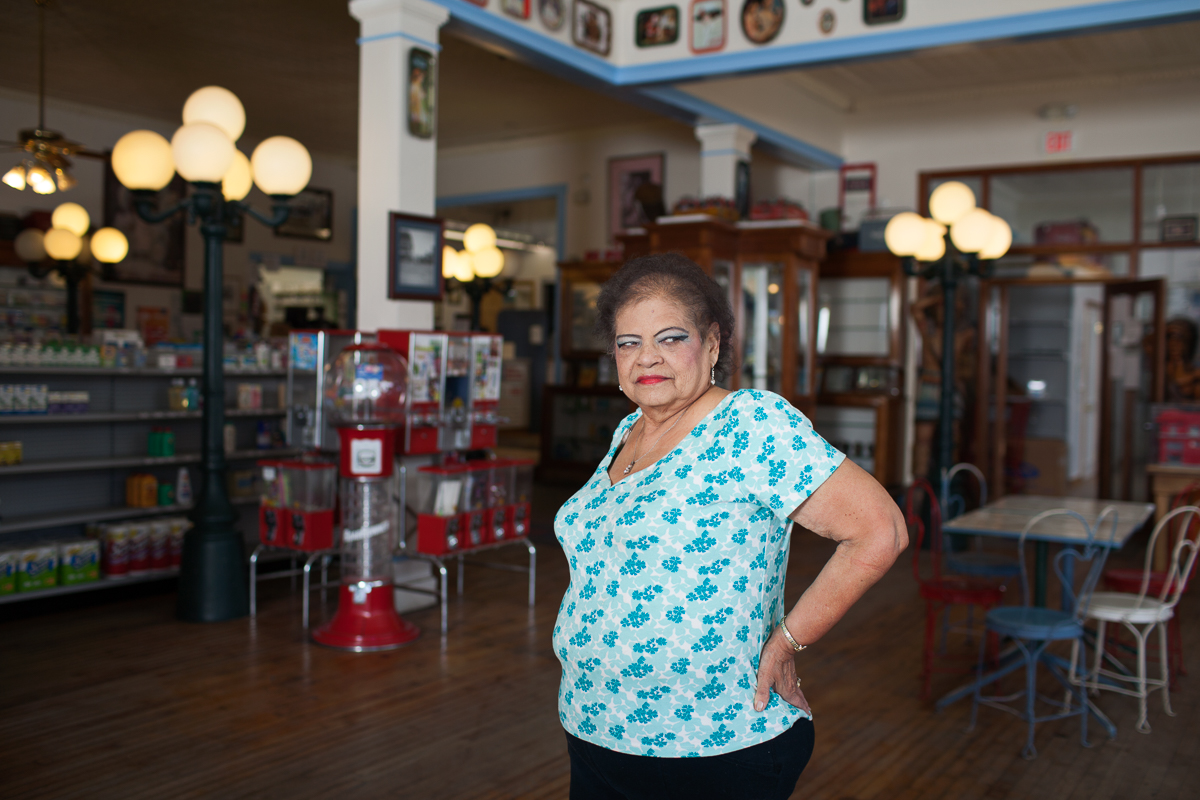‘Beyond failure’: WA teen loses legs at school-based work program
Cascade PBS
October 22, 2024
Thousands of students enroll in work-for-credit programs, but a 16-year-old’s case shows life-altering consequences of risky jobs and murky oversight.
Seattle veterans clinic faces complaints over leaks, ventilation
Cascade PBS/ Northwest Public Broadcasting
June 5, 2024
A loud whoosh brought Cortez Hopkins out of his office. Two ceiling tiles had crashed down where moments before a staffer had sat packing up records. Water trickled down as Hopkins snapped pictures of the damage.
Retired docs earn millions examining injured Washington workers
Cascade PBS
August 21, 2025
‘This is a wonderful way to make six figures saying no,’ said one attorney about Independent Medical Examiners’ role in evaluating workers’ comp claims.
The controversial medical exams that help decide WA workers’ comp
Cascade PBS
August 20, 2025
Reports from doctors hired by Labor & Industries have the power to close a claim and determine settlements, but injured workers say they favor employers.
WA agency fails to reinspect a third of ‘severe violator’ employers
Cascade PBS
May 13, 2024
A Labor and Industries program aims to monitor companies that are “resistant or indifferent” to safety rules, but follow-up inspections are lagging.
Filipino fishermen left in WA marina allege abandonment, lost pay
Cascade PBS
March 27, 2024
Fishing companies say long waits between seasons can be common, but labor experts say offshore foreign workers are “uniquely unprotected” under U.S. policies.
Why six small WA cities left thousands in federal relief unclaimed
Crosscut
March 28
Sifting through the reporting requirements to receive federal pandemic recovery dollars, Brier Mayor Dale Kaemingk just didn’t think his staff had the time to deal with the extra paperwork that came along with the money.
Why transit access can be unsafe for deaf and blind passengers
Crosscut
December 6
New bus and train routes in Seattle are excellent news for some, but make life more complicated for those with limited sight and hearing.
District 2 bears the brunt of Seattle’s traffic deaths
South Seattle Emerald
July 6
A car crash in SODO took the life of a pedestrian just over three weeks into 2021. Days later, another traffic death occurred within the same block. Two months after that, a semi-truck collided with a bicyclist on the industrial streets of Georgetown, marking another fatality in the South End, where traffic deaths were quickly outpacing other areas of the city.
Washington experiments with guaranteed basic income
Crosscut
June 7
With his first guaranteed basic income check, Geno Rosario purchased a cartload full of groceries. As the end of the month crept closer, there was no dread setting in, Rosario didn't need to worry about stretching his paycheck until the next one came. The $500 monthly stipend filled in the gap.
Multimedia Investigative reporter.
Covering WA state. Publications include Crosscut, The Daily Herald, Seattle Times, The Marshall Project, The Issaquah Press and Midwest Energy News.
Resume
(773) 401-9345

